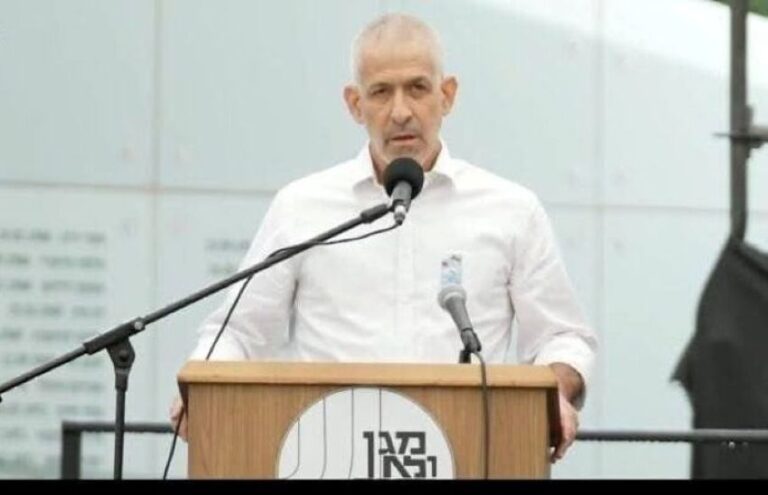 Federal investigators say the engineer of a speeding Amtrak train that crashed in Philadelphia last year likely was distracted after hearing that a nearby commuter train had been hit by a rock. Eight people were killed. Four of them were ejected through emergency windows that broke open when train cars slid off the tracks, investigators said. More than 200 people were hurt.
Federal investigators say the engineer of a speeding Amtrak train that crashed in Philadelphia last year likely was distracted after hearing that a nearby commuter train had been hit by a rock. Eight people were killed. Four of them were ejected through emergency windows that broke open when train cars slid off the tracks, investigators said. More than 200 people were hurt.
Here are answer to key questions about the derailment and the investigation:
——
WHAT CAUSED THE DERAILMENT?
Investigators said Tuesday that engineer Brandon Bostian appeared to be preoccupied with the fate of a nearby SEPTA commuter train, which had been hit by a rock. They said Bostian may have been caught up listening to radio transmissions between that train’s engineer and a dispatcher instead of paying attention to his duties operating the Amtrak train. They said he lost track of where he was and accelerated full-throttle to 106 mph as he went into a sharp curve with a 50 mph limit.
——
COULD IT HAVE BEEN PREVENTED?
NTSB chairman Christopher Hart called the wreck a “preventable tragedy” that wouldn’t have happened if a positive train control system had been in use in that stretch of tracks. Train control was listed as a contributing factor to the crash, even though the vice chairman of the NTSB board urged her fellow members to have it listed as one of the main factors.
“Eight people have died, dozens more have been injured – life-changing injuries – because the government and industry have not acted for decades on a well-known safety hazard,” T. Bella Dinh-Zarr said. “I ask: Why does our probable cause focus on a human’s mistake and what he may have been distracted by?”
The NTSB has pushed for Positive Train Control since the 1970s. Over the past 20 years, the NTSB has cited the lack of Positive Train Control as a contributing factor in 25 crashes, including deadly wrecks in Chatsworth, California, in 2008 and New York City in 2013.
PTC had been installed at the Philadelphia accident site but was still being tested at the time of the crash.
——
DID SOMEONE THROWING A ROCK LEAD TO THIS?
Trains operating in the Northeast Corridor are frequent targets of rock-throwing vandals. As veteran engineer Karl Edler put it, “It happens all the time.”
Other nearby trains reported being hit by rocks that evening not long before the derailment. A grapefruit-sized dent was found in the windshield of Amtrak 188’s locomotive, but investigators said that damage occurred in the derailment and that the train had not been hit by anything.
Ron Kaminkow, an Amtrak engineer who also serves as secretary of the industry union consortium Railroad Workers United, said that after two trains were rocked along the same route just minutes before, Brandon Bostian could have been concerned that he also was a target.
“Unfortunately, the NTSB does not even consider another theory, which is that the engineer was actually hit by a projectile or his train was hit by a projectile,” Kaminkow said. “This would’ve likewise caused him to lose situational awareness or even consciousness.”
Nevertheless, the NTSB’s conclusion starts with a rock-throwing incident. The commuter train being struck, investigators said, triggered a chain-reaction of distraction and a loss of situational awareness that led to the derailment.
——
WHAT HAPPENS NEXT?
Bostian remains on unpaid leave and Amtrak wouldn’t comment on his future with the company.
Investigators made a series of recommendations based on their findings in the derailment. They’re urging research into seat belts in railcars and ways to secure luggage that can become missiles in a derailment.
They’re also advocating training for railroad crew members on multitasking and the use of new equipment and procedures to help engineers keep track of their location in spots where there is no positive train control.
Amtrak says it will review, and as appropriate, quickly implement the findings. The other recommendations are in the hands of federal railroad regulators and the rail industry.
——
WHAT LESSONS DID EMERGENCY RESPONDERS LEARN?
Philadelphia Director of Emergency Management Samantha Phillips said the city was revising its mass casualty plan, criticized by investigators, prior to the derailment. City leaders are now focusing on better coordination among agencies in responding to mass casualty incidents.
Phillips said the city’s response to the Amtrak crash was “a success,” but added that the police, fire department, first responders and hospitals could work together better in the future.
Philadelphia Police Department Commissioner Richard Ross expressed pride in his agency’s response to the “highly unusual circumstances” of the Amtrak crash.
“I couldn’t be happier with their speedy response and their desire to save and help people,” Ross said, adding that he is working with the city on an improved response to such incidents. “When there is an edict that we should coordinate or collaborate more … I don’t disagree with that.”
——
WHAT ABOUT THE VICTIMS AND LAWSUITS?
Dozens of victims have filed lawsuits against Amtrak, seeking a share of $295 million in damages — the maximum allowed by law.
Some victims say they’ve have already racked up millions of dollars in medical bills. Amtrak has conceded liability. The railroad covered some initial medical costs for some victims.
Lawyers for the victims are required to provide their medical records by June 1, followed by a slew of expert reports by August 1.
“This is still a long process and a long road ahead for recovery – in both senses of the word,” victims lawyer Fred Eisenberg said.
(AP)










